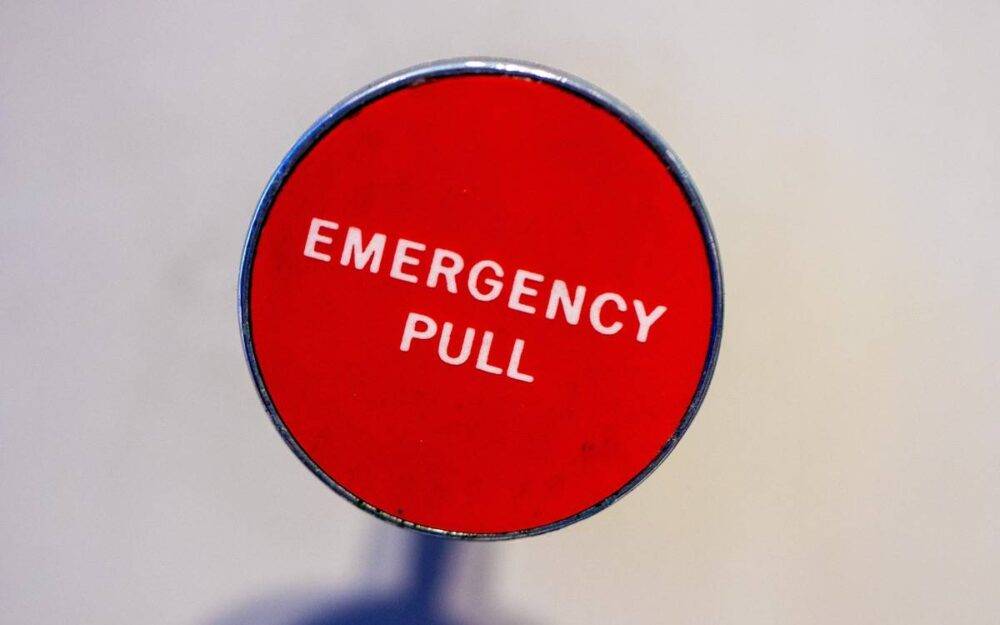Crises are plaguing many organizations today, including governments, corporations, institutions, non-profits, smaller entities, and even individuals.
What used to be a problem that affected only certain industries, like petrochemicals, pharmaceuticals, energy, and so on, has begun to pose relevant challenges to diverse industries today. Cybersecurity flaws, data and privacy leaks, and international conflicts have an impact on a wide range of organizations, including financial institutions, e-commerce businesses, and consumer goods manufacturers. New crises are constantly emerging that could affect any organization. So there is a need for any organization to know how best to deal with a crisis and communicate with all stakeholders.
When a crisis strikes, some organizations then begin to hunt around for a public relations (PR) agency with the belief that PR practitioners can smooth over any crisis and get the organization out of the damage to its reputation and brand.
So, should an organization hire a PR agency? Should an organization only hire a PR agency when a crisis strikes? What are the 7 best practices for crisis management and crisis communication? What should an organization do after a crisis is mediated and resolved?
1. Don’t deal with a crisis when it happens
Generally, many large enterprises are fully staffed with PR and communications professionals who assist the leadership team in tweaking or developing crisis communication and management programs. They also simultaneously retain external PR agencies so that, in the event of any crisis, large or small, more people are on board to think about and work through it.
By engaging an external PR counsel, the organizations avoid the “echo chamber” effect, where internal employees may inadvertently hold inward-looking views and may not have considered macro perspectives from the outside.
In a crisis, the best strategy is to tell the truth, even if it hurts.
As the good physicist Dr Albert Einstein said, “Whoever is careless with the truth in small matters cannot be trusted with important matters.”
After the crisis has been managed properly and hopefully resolved, the enterprise should do a post-mortem and continue to refine its crisis management and communication program. A crisis is only a crisis if one is ill-prepared, but only an obstacle if one is prepared. There are still some organizations without a crisis management and communication program. I would advise such organizations to expediently work on one.
2. Training and preparation are paramount
A crisis is a crisis if one is ill-prepared, but merely an obstacle if one is prepared.
Companies should work on a corporate-wide crisis communication and management program and permeate it throughout the organizations.
Training is a necessary first step, and organizations must also ensure coherence in how everyone from the CEO to the front desk receptionist are aware of an in-house crisis communication and management program.
Often, organizations look for “media training”, which primarily educate corporate leaders on how best to work with the media during media interviews. However, organizations should also ensure key leaders are educated in both media interviews and crisis communication. Just as you will always be presented with safety procedures when you board a plane or a cruise ship, organizations must not simply set up a crisis communication and management program and then forget it. Regular and sometimes unscheduled drills should be implemented so that everyone in the organization can be prepared for crises. Think “Kaizen 改善” (the Japanese management philosophy of “continuous improvement”).
3. Get an external “Red Team” and keep things current
Get external counsel to be your ‘red team” to help identify flaws and vulnerabilities during such crisis drills so that the crisis communication and management program can be as comprehensive as possible.
The crisis communication and management program should always be a “live” document, kept up to date with the times. In the modern context, we often advocate the crisis communication and management program not just printed on paper but in an intranet wiki or knowledgebase so that it can be updated quickly and easily accessed by internal leaders and employees.
4. First things in a crisis
When a crisis is imminent, quickly bring together the action teams.
For example, if there is a cybersecurity lapse and data leakage, the top management, legal, information technology (IT), and external counsel should converge to discuss the course of action based on an existing crisis communication and management program (this is the premise).
The program would contain designated spokespersons, communication policies, contact workflow, communication preferences (whether issuing statements or a media event), collaterals such as statements, news releases, frequently asked questions (FAQs), etc.
Remember, it is wise to be prepared for crises BEFORE they occur, rather than drag people together only during a crisis.
5. Recommended workflow and command
Different organizations have different procedures and programs. It all depends on how they work out their crisis management and communication programs. Also, each crisis communication and management program may be proprietary material. Some basic parameters persist.
The designated spokesperson, with the assistance of functional leaders who have a role to play in the crisis at hand, might be the organization’s most important stakeholder.
For example, in a common case of data leaks or cybersecurity incidents, the CISO (chief information security officer) or some related leader may be present. If there are legal implications, the top legal officer will be involved. If it involves employee mistreatment or something human capital-related, the human capital leader will be involved.
6. Maintaining leadership in a crisis
“Faced with crisis, the man of character falls back on himself. He imposes his own stamp of action, takes responsibility for it, makes it his own.” – Charles de Gaulle
The summit is always lonely, and only people of character can scale to the top, and it demands the whole being to stay on top.
So, in a crisis, a leader needs to tell the whole truth—nothing but the truth—and tell it quickly and without delay.
In such a dark and weak hour for the organization, the leader also needs to converge the employees together to stand as one. Behind telling the truth, however painful it seems, remember that once the problem is resolved, all things will pass over the passage of time.
7. Can we balance integrity with stakeholder relations?
A brand is only valuable if it has universal meaning.
A brand that has made mistakes but has taken corrective measures shows humility in the process, can be forgiven, and can bounce back.
However, if a brand and the organization behind it, upon making mistakes, fail to make reparations and corrective measures, and show a cold, aloof and arrogant attitude, the brand will only diminish.
Customer loyalty is fickle these days, and wise leaders will always understand that customers can easily march elsewhere and that there are options. Ultimately, the customer is king. Without customers, any investor, employee, or stakeholder will count as nothing.
The crux of a successful crisis management and communication program has to be one that is already in place and permeated throughout the entire organization, with truth, ethics and integrity at the center of the program. Such a program will, in our perspective, converge the best industry practices of how mission-critical environments manage and thrive in any crisis. In all things, tell the truth, the whole truth, and expediently without fail.
PS: For more information on our methodology of crisis management and communication, converging decades of media relations and aviation best practices for any organization, visit our program page.
PPS: Some ideas I shared with a FT journalist (who subsequently used a quote from me) served as the inspiration for this lengthy piece.
###

Dr Seamus Phan – Global C-suite Publicist & Strategist (Biochemist, Cybersecurity & Webdev pioneer, Author, Journalist) with 37 years of professional field experience.




